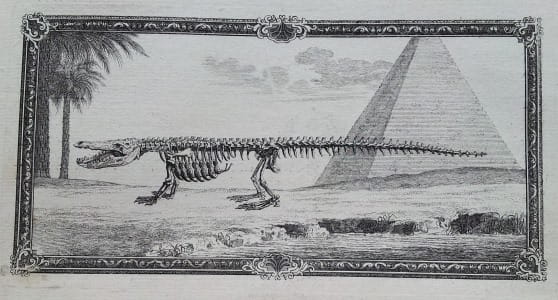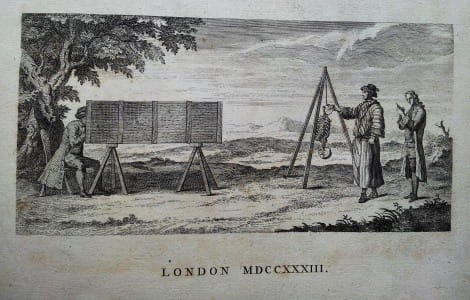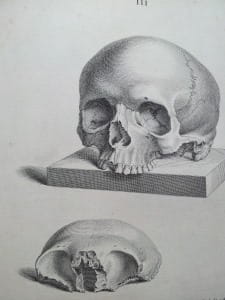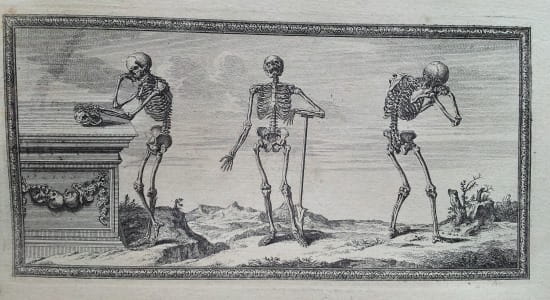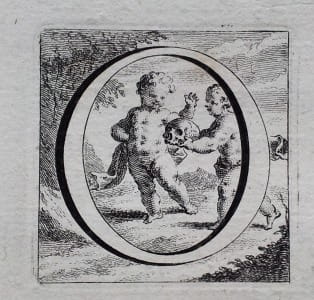William Cheselden - Osteographia or the anatomy of the bones, 1733
28 Jul 2015
Bulletin of the Royal College of Surgeons of England
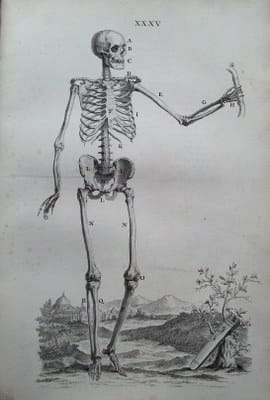
William Cheselden (1688-1753) built a reputation as "the foremost teacher of anatomy in the metropolis". In 1718 he was appointed a surgeon to St Thomas’s Hospital and during his time there devised novel ways of cutting for bladder stones. It was said that his overall death toll in 213 such operations was 30 - a rate of less than 15% and an early example of clinical audit! He was not only pre-eminent in orthopaedics but also in the field of ophthalmology.
Among his famous patients was Alexander Pope, who wrote:
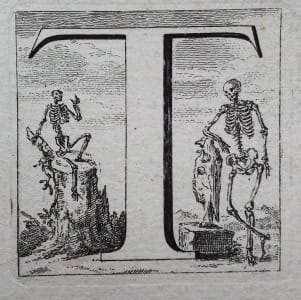
Far from a lynx, and not a giant quite,
I’ll do what Mead and Cheselden advise,
To keep these limbs and to preserve these eyes.
The content of this article was taken from the Bulletin of the Royal College of Surgeons of England, 2000, Vol. 82 No. 2.


